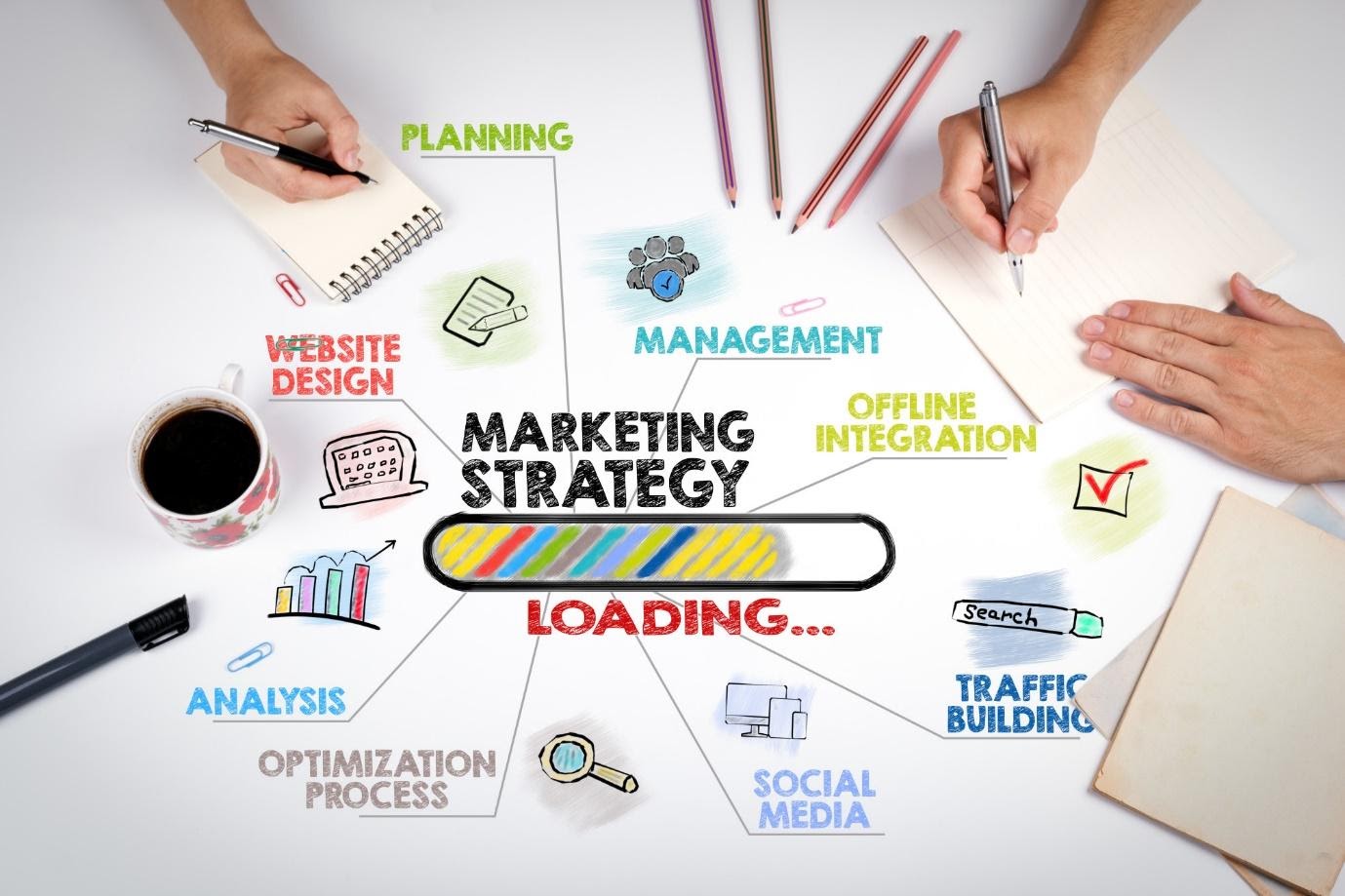In the realm of B2B marketing, where capturing leads and nurturing them into loyal customers is paramount, webinars have emerged as powerful tools for engagement, education, and conversion. These virtual events offer a dynamic platform for businesses to showcase their expertise, interact with their target audience, and drive meaningful connections. However, to truly harness the potential of webinar marketing, one must deploy a strategic approach that goes beyond simply hosting an online presentation. In this comprehensive guide, we delve into the intricacies of webinar marketing for B2B lead generation, offering valuable insights, practical tips, and actionable strategies to help businesses master this art form.
Understanding the Power of Webinars in B2B Lead Generation
- Engagement and Education: Webinars provide an immersive experience that goes beyond static content. Through live presentations, interactive Q&A sessions, and real-time demonstrations, businesses can engage their audience on a deeper level while delivering valuable insights and knowledge.
- Lead Generation and Nurturing: Webinars serve as effective lead magnets, attracting prospects who are genuinely interested in the topic being discussed. By offering valuable content in exchange for registration, businesses can capture leads and initiate the nurturing process, guiding them through the sales funnel.
- Building Authority and Trust: Hosting informative and well-executed webinars positions businesses as thought leaders in their industry. By sharing expertise, addressing pain points, and providing solutions, brands can establish trust and credibility among their target audience, paving the way for long-term relationships.
Crafting a Winning Webinar Strategy
- Identifying Your Audience and Topic: The first step in webinar marketing is understanding your target audience and their needs. Conduct market research to identify pain points, interests, and preferences. Choose a topic that resonates with your audience and addresses a specific challenge or opportunity within your industry.
- Planning and Promotion: Outline the structure and format of your webinar, including key talking points, speakers, and interactive elements. Develop a promotional plan that leverages various channels such as email marketing, social media, and website banners to generate awareness and drive registrations.
- Creating Compelling Content: Content is king in webinar marketing. Create engaging slides, visuals, and multimedia elements to accompany your presentation. Ensure that your content is informative, relevant, and tailored to the needs of your audience. Consider incorporating case studies, testimonials, and real-life examples to illustrate key points.
- Engaging Your Audience: Interactivity is key to keeping your audience engaged throughout the webinar. Incorporate polls, surveys, and live Q&A sessions to encourage participation and foster meaningful conversations. Personalize the experience by addressing attendees by name and responding to their questions in real-time.
- Follow-Up and Conversion: The webinar doesn’t end when the live session concludes. Follow up with attendees and registrants via email, thanking them for their participation and providing access to the recording or additional resources. Continue nurturing leads through targeted email campaigns, personalized content, and one-on-one interactions to guide them towards conversion.
Leveraging Technology and Analytics
- Choosing the Right Platform: Selecting the right webinar platform is crucial for the success of your event. Consider factors such as features, scalability, ease of use, and integration with other marketing tools. Popular webinar platforms include Zoom, GoToWebinar, and Webex.
- Tracking and Measuring Performance: Leverage analytics to track the performance of your webinars and gain valuable insights into audience engagement, attendance rates, and conversion metrics. Monitor key metrics such as registration conversion rate, attendance rate, engagement duration, and post-webinar actions to evaluate the effectiveness of your strategy.
- Iterating and Optimizing: Use data-driven insights to iterate and optimize your webinar strategy over time. Identify areas of improvement based on attendee feedback, audience engagement metrics, and conversion rates. Experiment with different formats, topics, and promotional tactics to refine your approach and maximize results.
Webinar marketing holds immense potential for B2B lead generation, offering businesses a powerful platform to engage, educate, and convert their target audience. By understanding the nuances of webinar marketing and implementing a strategic approach, businesses can effectively leverage this medium to attract high-quality leads, build authority, and drive meaningful connections. With the right planning, execution, and optimization, webinars can become invaluable assets in the B2B marketer’s toolkit, driving tangible results and fostering long-term growth.
